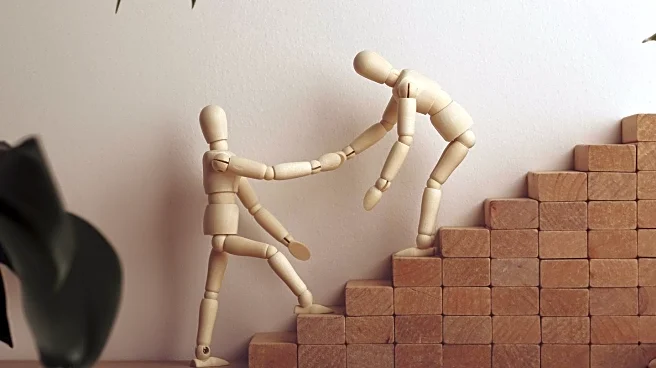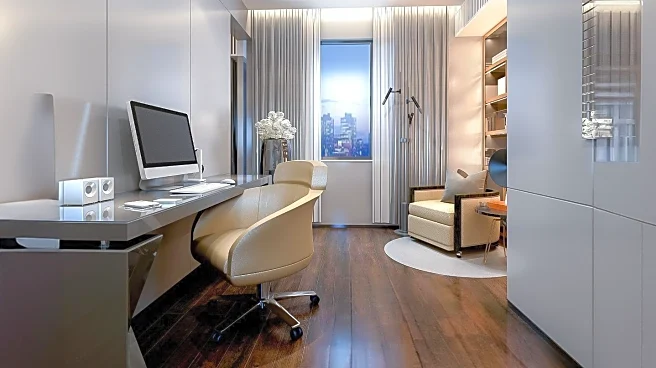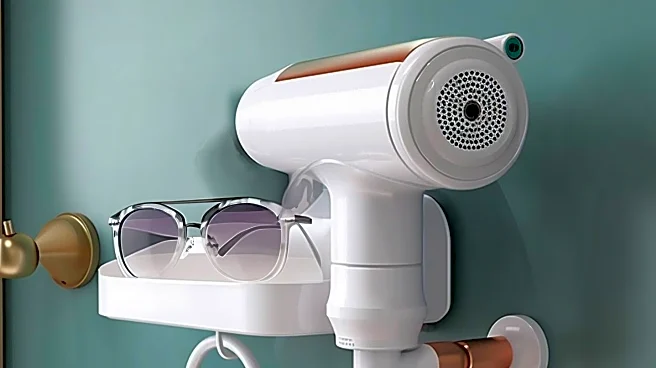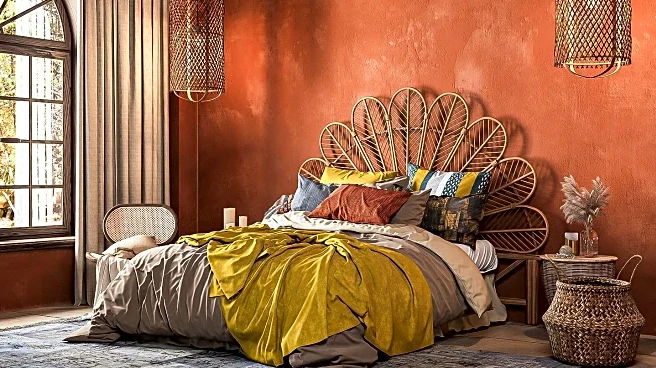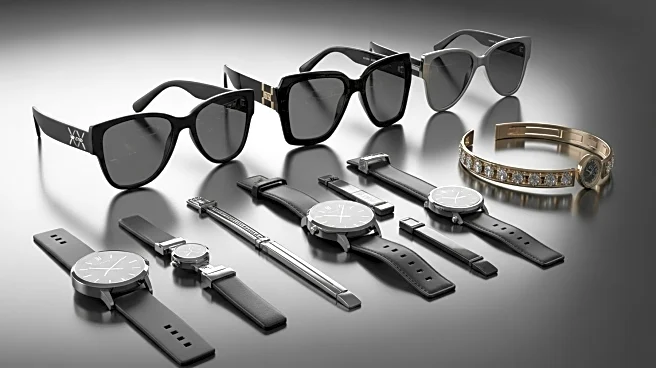What is the story about?
What's Happening?
Uplifts, a company specializing in homelifts, has partnered with award-winning interior designer Ayisha Onuorah to transform the perception of mobility aids in home design. This collaboration aims to integrate functionality with aesthetics, challenging the notion that accessibility must compromise style. The partnership will debut at Grand Designs Live, showcasing a bespoke homelift design by Onuorah that serves as both a functional aid and a statement piece. The initiative is supported by research indicating a strong consumer preference for mobility aids that blend seamlessly with home decor, with many expressing willingness to invest in aesthetically pleasing solutions.
Why It's Important?
This partnership highlights a significant shift in the home accessibility market, emphasizing the importance of design in mobility aids. By focusing on aesthetics, Uplifts and Onuorah are addressing a growing demand for products that do not stigmatize users or detract from home interiors. This approach could lead to increased adoption of mobility solutions, allowing more individuals to age in place comfortably and independently. The collaboration also underscores the potential for design to enhance quality of life, promoting dignity and empowerment for those requiring mobility aids.
What's Next?
The partnership will be showcased at Grand Designs Live, where attendees can explore the innovative designs and hear from experts on the future of accessible home design. Uplifts and Onuorah plan to continue their collaboration, potentially expanding their product offerings and reaching a broader audience. The success of this initiative could inspire other companies to prioritize design in accessibility products, fostering a more inclusive market. Additionally, ongoing consumer education about the benefits and costs of stylish mobility aids may further drive demand.
Beyond the Headlines
The collaboration between Uplifts and Onuorah reflects broader societal trends towards inclusivity and the destigmatization of disability. By redefining what accessibility looks like, this partnership challenges cultural perceptions and encourages a more accepting view of mobility aids. The focus on design also raises questions about affordability and access, as aesthetically pleasing products may come at a higher cost, potentially limiting availability to certain demographics.
AI Generated Content
Do you find this article useful?
